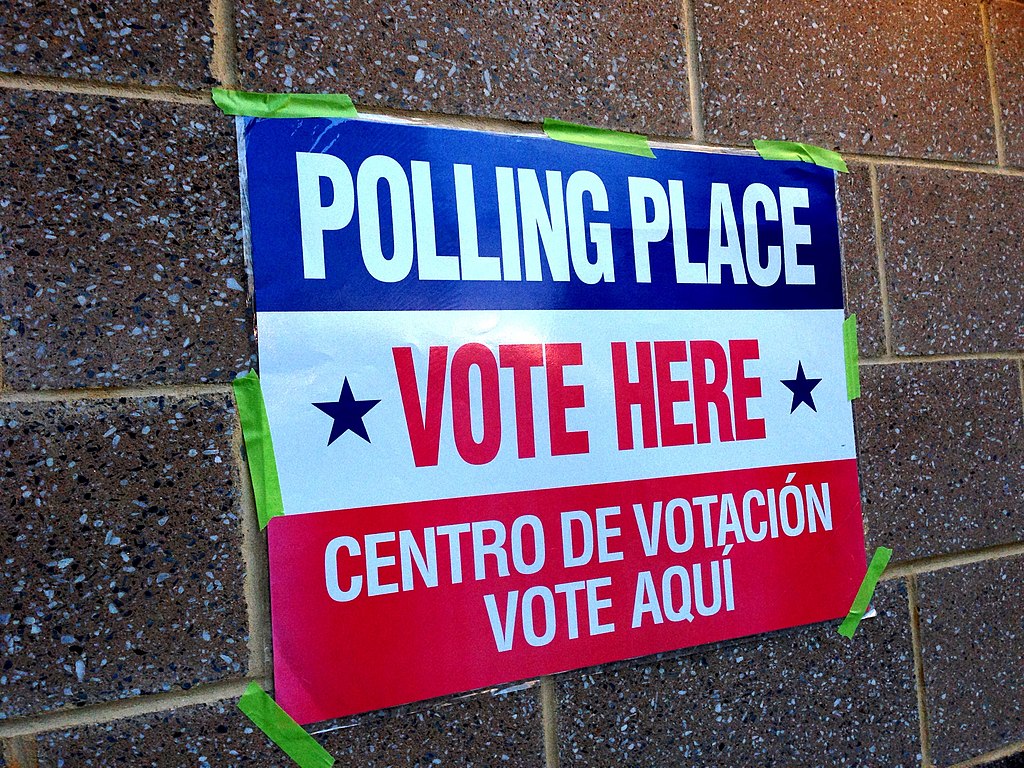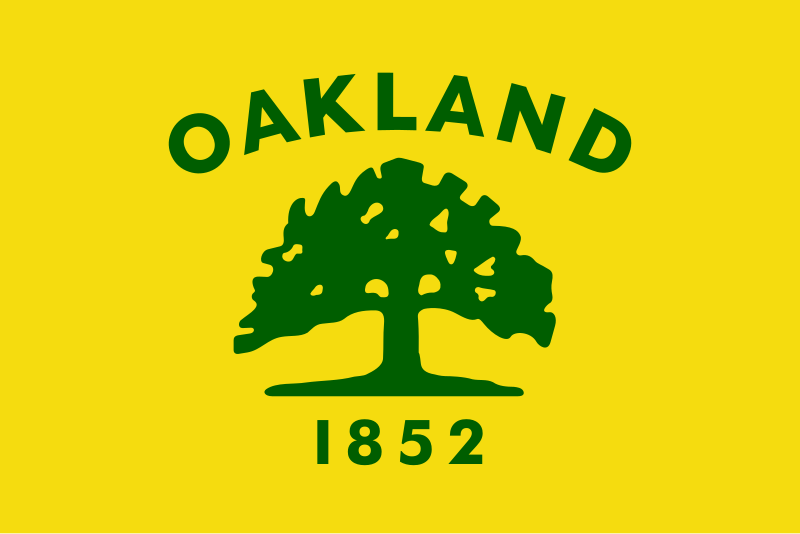Tag: local
-
Nine candidates are running in the nonpartisan primary for mayor of Detroit on August 5

Nine candidates are running in the nonpartisan primary for mayor of Detroit, Michigan, on August 5, 2025. Five lead in media attention: James Craig, Fred Durhal III, Saunteel Jenkins, Solomon Kinloch, and Mary Sheffield. Bridge Detroit‘s Malachi Barrett wrote, “For the first time since he won the role 12 years ago, Mike Duggan will not…
-
What to know about the Democratic primaries for New York City Council

One hundred candidates ran in 28 Democratic primaries for New York City Council on June 24, 2025, including 13 that Ballotpedia identified as battlegrounds. All 51 council seats are up for election this year. The Council is the city’s primary legislative body. It is responsible for adopting the city budget, passing legislation, monitoring city agencies,…
-
Thirteen battleground Democratic primaries for New York City Council will be held on June 24, 2025

Ninety-five candidates are running in 28 Democratic primaries for New York City Council on June 24, 2025. That’s up from 49 candidates in 17 Democratic primaries in 2023, the special two-year post-redistricting term mandated in the City Charter. That year, just one seat was open, meaning no incumbent filed to run. This year, there are…
-
Seven candidates are running in the nonpartisan general elections for the Conway School Board in Arkansas

Seven candidates are running in the nonpartisan general elections for Conway School Board in Arkansas on May 13. Three of the board’s seven seats are up for election. The Conway School District consists of seven members serving five-year terms. During the 2023 school year, 10,251 students attended one of the district’s 16 schools. This is…
-
Incumbent Edward Gainey (D) and Corey O’Connor (D) are running in the Democratic primary for mayor of Pittsburgh, Pennsylvania, on May 20, 2025

Incumbent Edward Gainey (D) and Corey O’Connor (D) are running in the Democratic primary for mayor of Pittsburgh, Pennsylvania, on May 20, 2025. A Democrat has held the mayor’s office since 1934. PennLive‘s J.D. Prose wrote, “With Pittsburgh remaining a solidly blue enclave in purple Allegheny County, the party’s primary race winner will be considered…
-
Incumbent Lawrence Krasner (D) and Patrick F. Dugan (D) are running in the May 20 Democratic primary for district attorney of Philadelphia

Incumbent Lawrence Krasner (D) and Patrick F. Dugan (D) are running in the Democratic primary for district attorney of Philadelphia on May 20, 2025. WHYY Radio’s Carmen Russell-Sluchansky wrote, “The contest pits two competing philosophies against each other: Krasner’s commitment to continuing to overhaul a historically punitive system and Dugan’s pledge to restore a sense…
-
Incumbent Brandi Lautigar and Pollyann Sorcan running in the nonpartisan special election for Minnesota’s Rock Ridge Public School Board

Incumbent Brandi Lautigar and Pollyann Sorcan are running in the nonpartisan special election for an at-large seat on the Rock Ridge Public School Board on April 8, 2025. Sorcan is running for the seat that she previously held before the board voted to expel her and appoint Lautigar to her seat. Sorcan was re-elected in…
-
Five candidates are running in the primary for mayor of Omaha, Nebraska

Five candidates are running in the nonpartisan primary for mayor of Omaha, Nebraska, on April 1, 2025. Three lead in polling and fundraising: Mayor Jean Stothert, John Ewing Jr., and Mike McDonnell. The filing deadline for this election was Feb. 28, 2025. Stothert was first elected in 2013. She is campaigning on her record: “My vision for the future is obviously to make sure that…
-
Ten candidates are running for mayor of Oakland on April 15

Ten candidates are running in the April 15 nonpartisan, special general election for mayor of Oakland. Incumbent Kevin Jenkins is not running. The Oakland City Council selected Jenkins to serve as interim mayor after voters recalled former mayor Sheng Thao 60.6%-39.4% on Nov. 5, 2024. Click here to learn more about the recall. This was…
-
Voters to decide on creating city of Starbase, Texas, home of SpaceX, on May 3

Voters in the unincorporated area of Cameron County, Texas, known as Starbase—home to SpaceX—will decide on May 3 whether to incorporate it as a city. If approved, Starbase would become a Type C general law municipality with a commission form of government comprising a mayor and two commissioners. Elections for mayor and commissioner will be…

